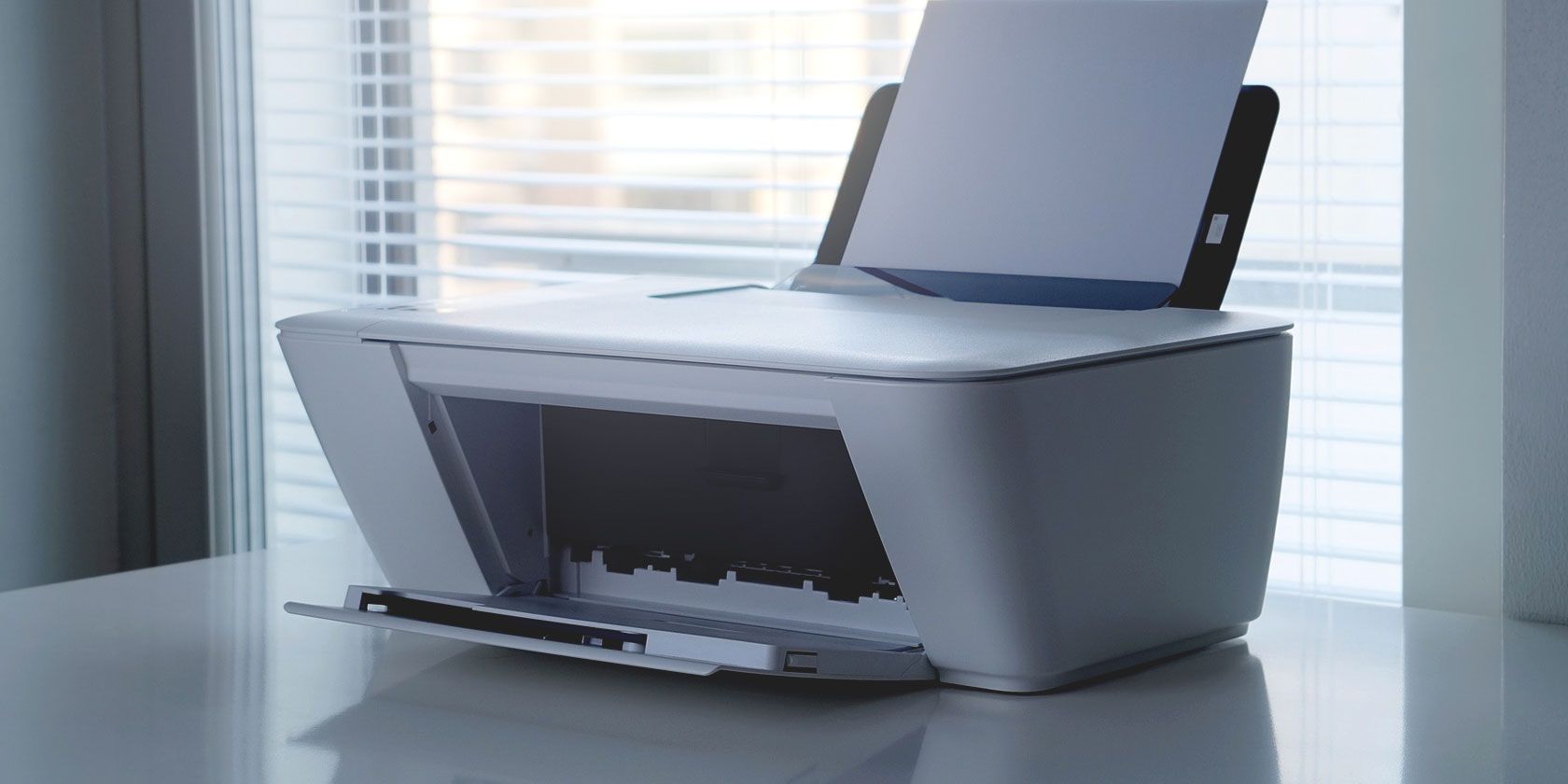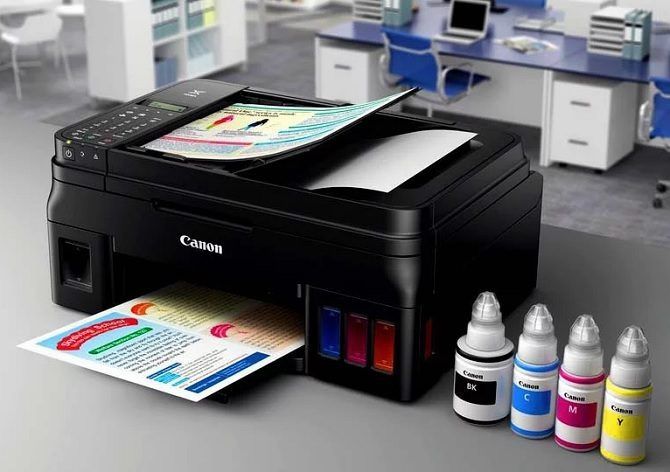
Are you looking for a new printer? With so many different models out there, it’s hard to know which one is right for your needs.
To make sure you don’t regret your purchase, here are a few things you need to consider before you hit the shops.
1. Stay in Budget
The cost of printers varies wildly. Obviously, you shouldn’t spend more than you can afford on your new device.
However, the issue of budgeting for a printer runs deeper than its upfront cost. You also need to consider the ongoing price of replacement ink.
It’s common for the cheapest printers to have some of the most expensive ink; it’s how the manufacturers make their money. So, before you go to the nearest Best Buy, do some research online. Make sure the price of the replacement cartridges is in line with other models at a similar price point.
It’s also worth checking whether you can pick up third-party ink cartridges for your printer and whether you can refill the ink cartridges. Be aware that using unapproved ink cartridges might void your warranty.
2. Type of Ink

There are three common ink cartridge configurations.
- Two ink cartridges: A black cartridge and an all-in-one color cartridge.
- Four ink cartridges: A black cartridges, and three separate cartridges for cyan, magenta, and yellow. This is the CMYK color model.
- Inkwells: Instead of using cartridges, the printer draws its ink from large, refillable wells.
Of the three, inkwells are comfortably the most economical in the long run. For example, the Epson Expression ET-3700 EcoTank can print 14,000 black pages or 11,200 color pages of a single refill. That’s enough for two years of heavy usage (read our article about the best printers with cheap ink to learn more).
You can also buy laser printers. They use toner instead of ink. Laser printers can produce sharper edges and crisper images than their inkjet counterparts.
Which configuration is right for you depends on how you plan to use your printer. If you’re going to print lots of text documents with few colors, a two-cartridge printer might suffice. People who need professional-grade color printouts should opt for a laser printer, and regular users can decide between CMYK and inkwell printers.
3. Print Quality
Although laser printers offer the best quality, they are also expensive to buy and have higher running costs.
If you’re a home user, an inkjet should suffice. But the quality of printout varies significantly among inkjet printers.
Several things affect the print quality, including the design of the printhead, the printer’s driver, and the quality of the ink. However, the main spec to look out for is the printer’s DPI (dots per inch). It indicates how accurately a printer can replicate the pixels of a source image.
You can find inkjet printers with anything from 600 x 600 DPI to 4,800 x 4,800 DPI.
4. Print Speed
We’ve all sat impatiently while a printer creates a document at a snail’s pace. It’s frustrating.
If you do a lot of printing, especially printing of documents with dozens of pages, print speed will be an important factor in your purchase decision.
Printer speed is measured in pages per minute (PPM). A printer will have different PPM speeds for pages of text and pages of images. However, when you look at a box in a store, you’ll often only see one PPM rating. It refers to how many pages of black text the printer can produce in a single minute.
Again, you’ll find massive variation in the PPM scores of consumer-grade inkjet printers. You could come across anything from 5PPM to 25PPM.
5. Wireless Connectivity
Another major thing you should look out for when buying a new printer is its connectivity. To establish which connections you need, ask yourself two questions:
- Where are you going to print from?
- Which devices are you going to print from?
All printers on the market offer wired connectivity. They can connect to your computer via a USB port.
However, some models also offer Wi-Fi connectivity and Bluetooth connectivity. Increasingly, you will also find machines that support Google Cloud Print and Apple AirPrint. Bluetooth is great for printing from local mobile devices, while Wi-Fi and cloud support let you print documents remotely when you’re away from home.
6. Additional Features
Printers do more than just print. All-in-One devices can also copy, scan, and even send faxes (yes, some people do still use them!).
You can expect to pay a bit more for All-in-One printers, but for many people, the extra capabilities are worth the additional expense.
Also, keep an eye open for manufacturer-specific added features such as special photo printing modes and web apps.
Note: You don’t have to use a printer to send faxes. You can also send faxes on Android and send faxes from your computer.
7. Paper Format
Not all printers can accept legal-sized paper. Similarly, the scanner beds on many all-in-one printers are too small for legal documents.
Some high-end all-in-one machines have a separate scanner feeding tray on the top. You can use it to scan larger documents or to stack multiple papers and scan them all into a single PDF file.
8. Compact, Portable, or Desktop?
Printers come in many different shapes and sizes. If you’re looking for a printer that fits in a small area, there are now many compact versions available. Sure, you might have to sacrifice the scanner and copier functionality, but it’s a good option for occasional users.
At the other end of the scale, some devices are significantly larger. They are normally aimed at the small office market and would be unnecessary in your home.
Remember, technology should look great; don’t buy something that doesn’t fit its environment.
Which Is the Best Printer for You?
There are too many variables to be able to name a single printer that’s right for you. Instead, you need to weigh up the pros and cons of the models you’re considering against the criteria we’ve discussed.
If you’re not sure where to start, check out some of our guides. We’ve written about the best all-in-one printers for homes and small offices, a comparison of inkjet and laser printers, and even the best 3D printers.
Read the full article: 8 Things to Check When Buying a New Printer
Read Full Article
No comments:
Post a Comment